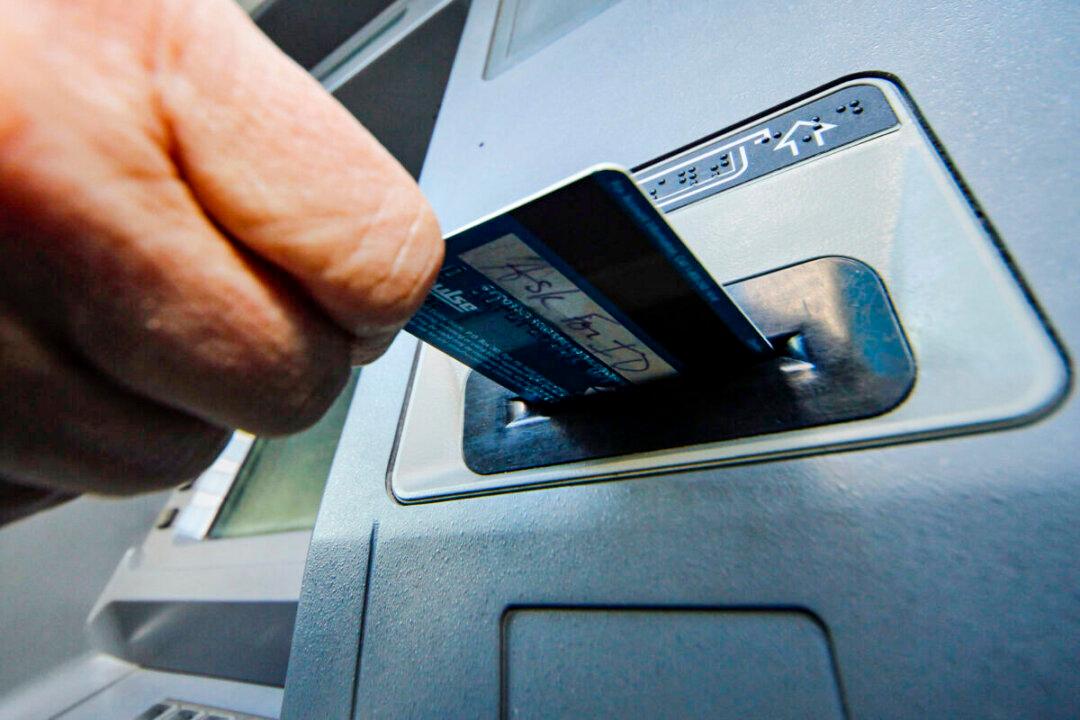Uninsured deposits at U.S. banks fell by almost $600 billion in the first quarter of 2023, continuing the trend of declining deposits that began last year, suggesting a fall in depositors’ confidence in the banking system.
“US banks’ uninsured deposits have fallen since the first quarter of 2022, by both the dollar amounts of uninsured deposits and the percentage of total deposits. The latest quarter-over-quarter drop was the steepest yet,” a June 12 S&P Global Market Intelligence report reads.





